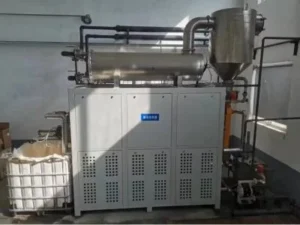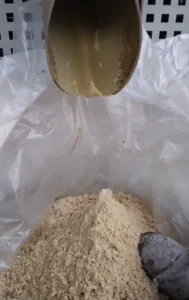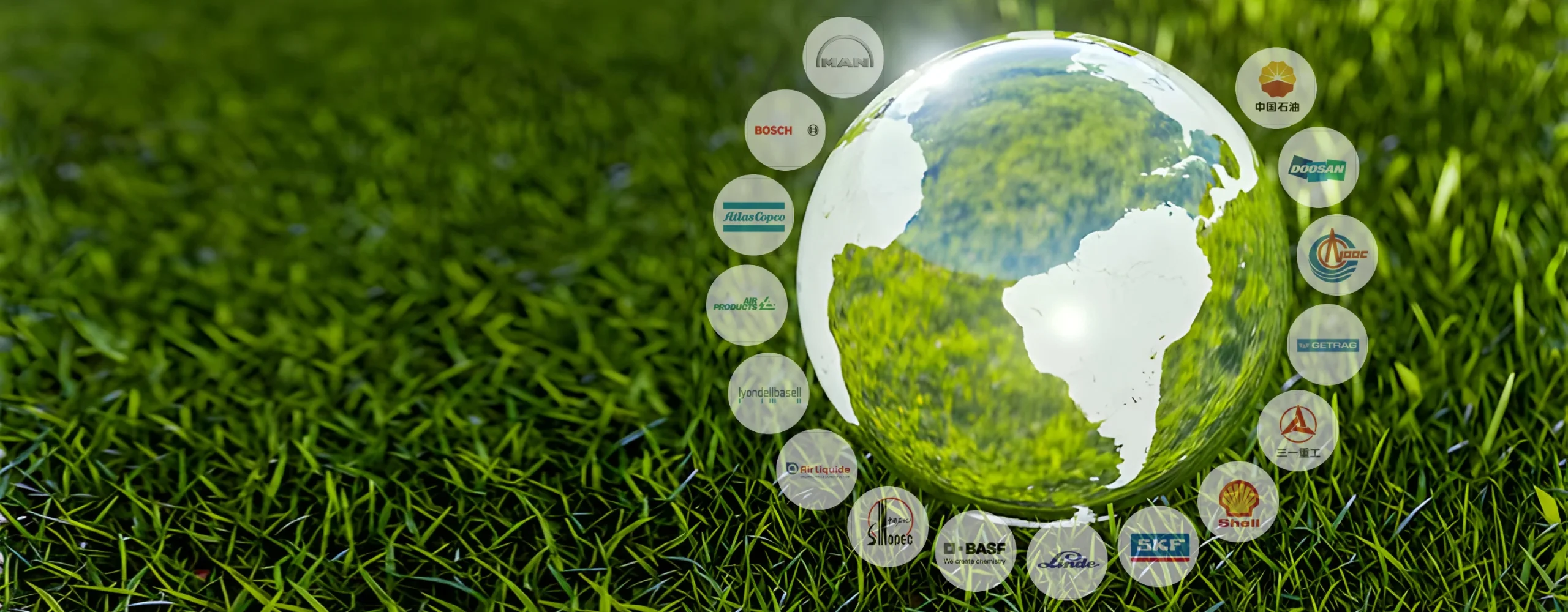In the current social ecosystem, pesticides play a vital role in improving the yield and quality of crops. However, the wastewater generated in their production process poses great challenges to the environment, especially the pollution of soil and water sources, which not only seriously threatens the natural ecological balance, but also poses potential risks to human health. Therefore, it is necessary to choose a suitable water treatment method for pesticide removal. Next, through the wastewater treatment case of a large listed agrochemical company in my country, we will explain the efficient treatment process of agrochemical wastewater.
Customer wastewater treatment details and pain points
The client is a large listed agrochemical enterprise that produces pesticides, pharmaceutical APIs and intermediates. Its technical products are mainly pyraclostrobin, and its intermediate products are represented by phenylhydrazine and 1,3-cyclohexanedione. In the production process of APIs and intermediates, a large amount of high-salt and high-COD wastewater will be generated, and the wastewater components are mainly sodium sulfate and sodium chloride.
The client’s original wastewater treatment process is: wet oxidation for pretreatment; resin adsorption to recover some high-value materials; high-salt wastewater after adsorption treatment enters the three-effect evaporator for evaporation and salt extraction, which not only solves the problem of high-salt wastewater being difficult to biodegrade and dispose of, but also realizes resource utilization; after a certain batch of application, the centrifuged mother liquor at the end enters the rake drying device (daily processing capacity of 20 tons) for concentration, which can achieve hazardous waste reduction.
After three months of commissioning, the rake drying device has not been able to reach a stable operating state. The main manifestations are: ① The evaporation efficiency is low, and the material is continuously evaporated in the kettle and cannot reach the discharge state. This leads to insufficient processing capacity, and the peak operation is only half of the designed capacity; ② The treatment effect is poor, the discharge is a thin paste with high water content, which cannot be solidified and needs the assistance of a suction filter; ③ The failure rate is high. After running for a period of time, the equipment surges and the machine seal breaks. After inspection, it was found that the kettle wall was severely scaled and the stirring shaft was thermally deformed; ④ The energy consumption is slightly high, and the energy consumption per ton of water is about 1.5 tons of steam, and the operating cost is high.
Wastewater reduction and drying process to help improve customer value
In response to the customer’s demand for reduced volume drying and the pain points of existing equipment operation, in November 2023, Weishengda Environmental Protection, after small-scale testing, pilot verification and discussion of specific design schemes, finally customized a set of pesticide chemical mother liquor low-temperature evaporation drying schemes and process equipment for the customer, with a daily processing capacity of 10 tons. Since its operation, the treatment effect of the device has remained stable, and it has efficiently solved four major problems for the customer: the processing capacity exceeds the design capacity, reaching 110% of the design capacity; the moisture content of the slag meets the design requirements, and it can be solidified into shape after cooling, which is convenient for bagging, storage and transportation; the evaporated water is far lower than the customer’s biochemical requirements; the energy consumption is reduced by 50% compared with the previous rake drying.
- Wet Oxidation(Preprocessing)
- Resin Adsorption(Recycling of some high-value materials)
- Three-Effect Evaporator(Evaporation of salt)
- Winsonda Low Temperature Evaporation Crystallization(Reduction and resource utilization)
(The wastewater treatment process route of this agrochemical customer)
Value created by low temperature evaporation crystallization device:
1. It truly solves the needs and pain points of mother liquor drying with guaranteed quality and quantity;
2. It reduces the amount of hazardous waste outsourced disposal, reduces the disposal cost and reduces the operating cost of mother liquor drying, saving more than 1 million yuan in comprehensive costs annually, and improving the company’s economic benefits and market competitiveness;
3. Efficient, stable and automated operation reduces labor demand and ensures the stability of the entire wastewater treatment system.

(Photos of Winsonda low temperature evaporator at the customer site)
The Winsonda environmental protection device has been in operation so far and has been highly recognized by customers. In the future, we will continue to purchase more Weishengda environmental protection devices for application in production processes and promote them widely within the group and in the region. If you want to know more about the product, please contact us.

(Winsonda low temperature evaporation drying process slag diagram)
